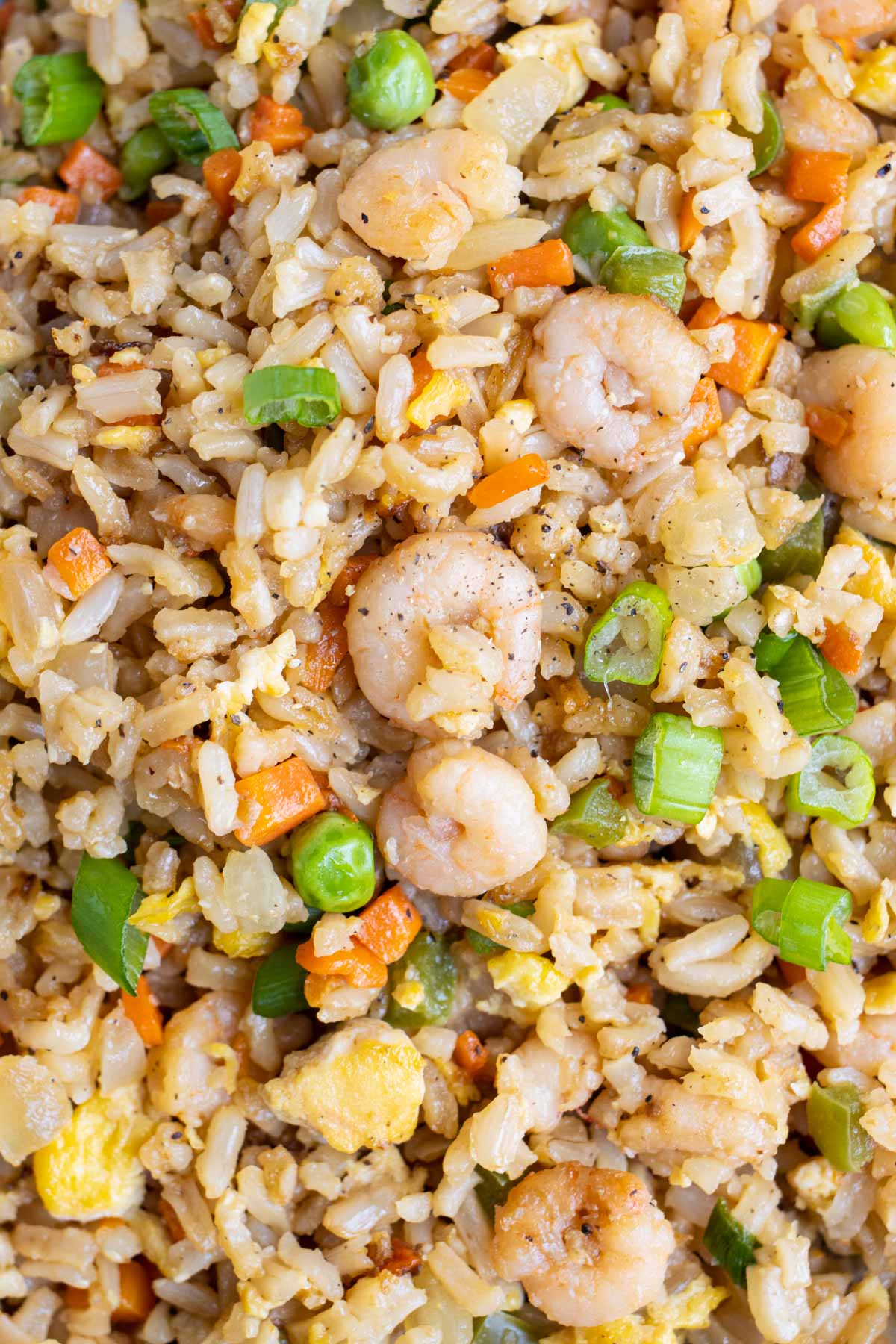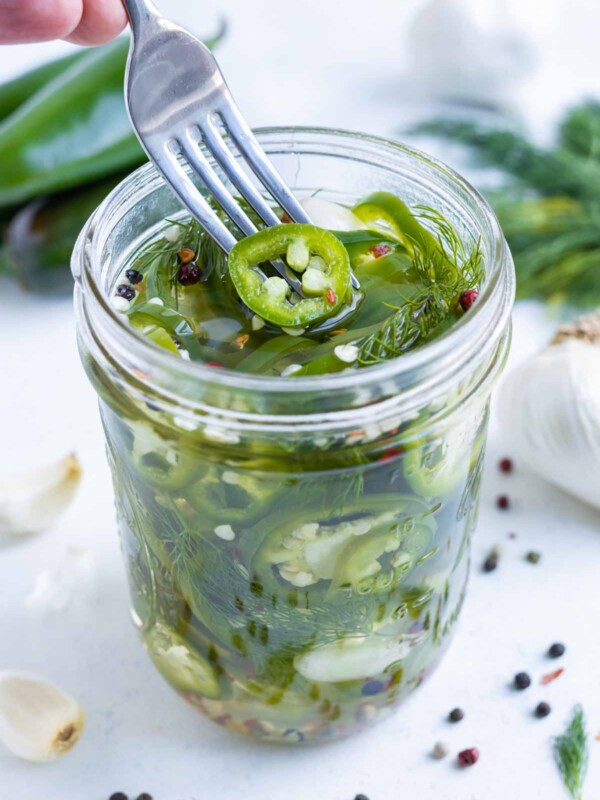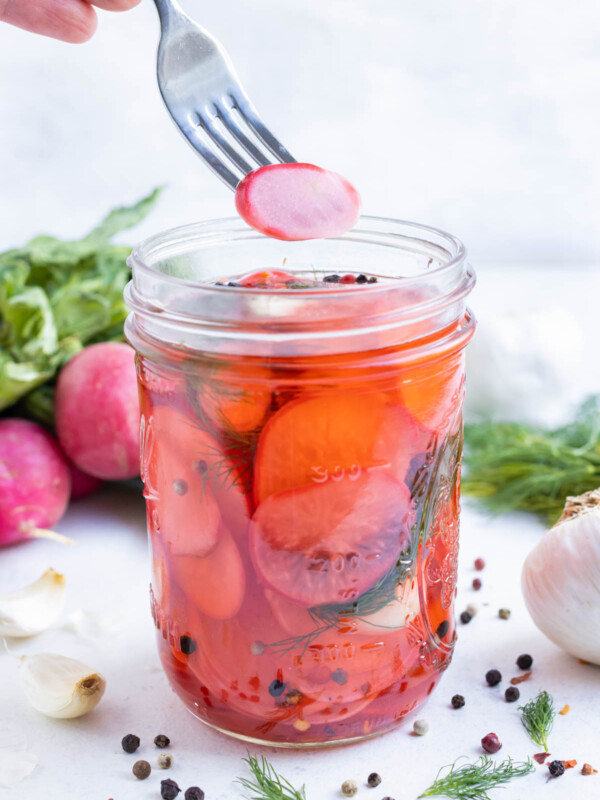Could brown rice be healthier than white rice? Each type of rice has its own nutrient profile, and the best choice for you will depend on what health benefits matters most to you. Maybe you’re managing weight gain or weight loss, preventing heart disease, managing you blood sugar levels, or just want the best flavor. Whatever your priorities, there’s a rice that fits you and the people you feed.
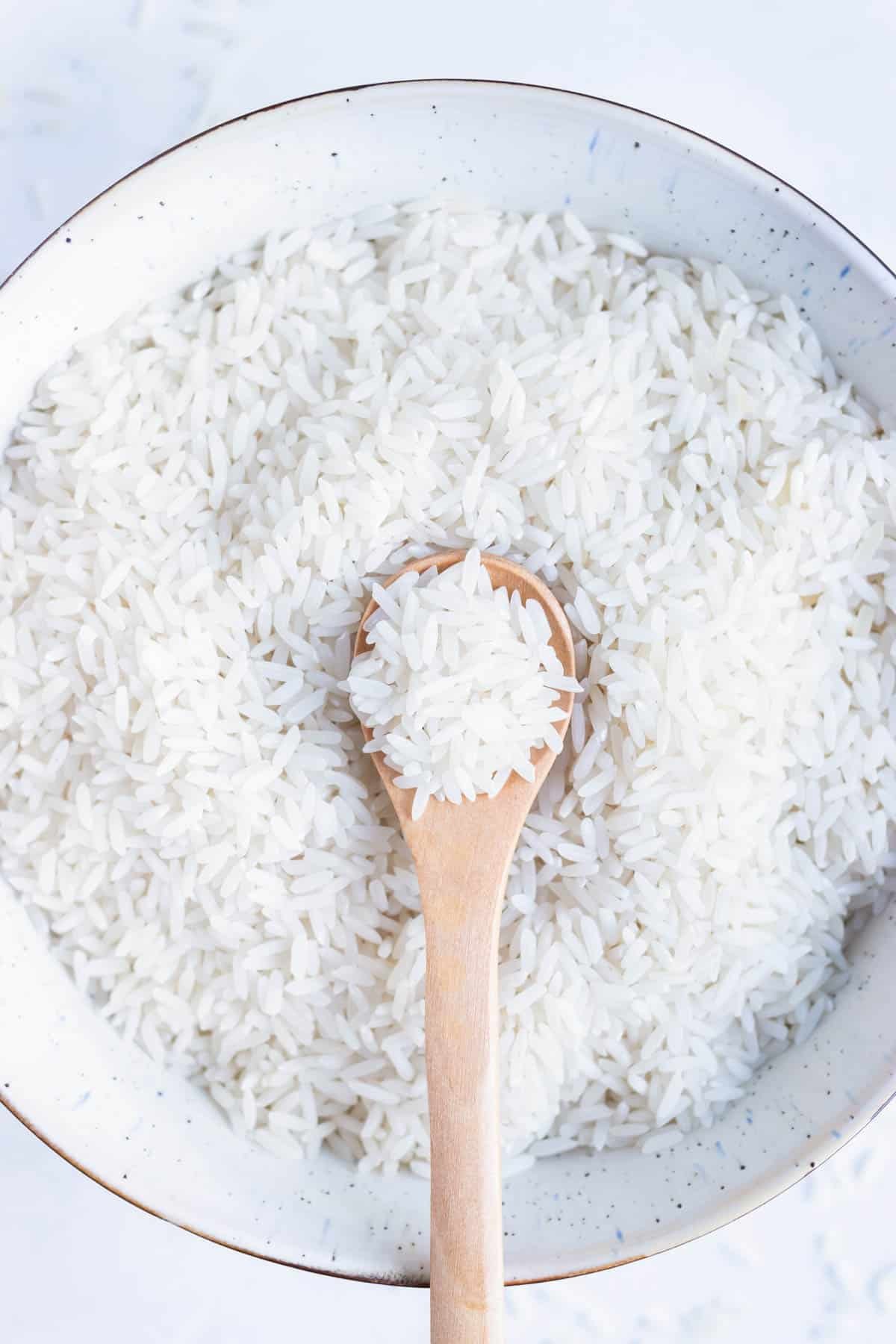
What is rice? How many kinds are there?
Rice is a starchy grain that is produced by grass plants in warm, wet environments. It’s commonly used in many cuisines, from Asian to Mexican to Mediterranean.
White rice and brown rice are the most common varieties at your nearest grocery store. But, there are actually over 8,000 varieties. Rice can be classified by both its color and its grain type. White and brown are the most common, but different colored rice also include red, purple, and black. The various grains you might come across could be long (jasmine rice, basmati rice), medium, and short (sticky rice). There’s also wild rice, which is its own type of grain, separate from white and brown rice.
What’s the difference between brown rice and white rice?
Brown rice is a whole food grain rice that has 3 parts: the germ (outer, fiber-packed layer), the middle layer (the bran layer), and the starchy center (the endosperm).
Interestingly enough, white rice is brown rice but with the two outer layers removed during the milling process. So the only part you’re eating with white rice is the starchy endosperm center, therefore, not making it a whole food grain.
Manufacturers remove those outer two parts because it gives the rice a longer shelf life. It can last up to 2 years in an airtight container.
The outer layers of the rice contain vitamins, minerals, and fibers. Without them, white rice doesn’t have those benefits. To account for this, some rice brands enrich their white rice with nutrients like vitamin b and iron.
Additionally, white rice is softer and cooks faster than brown rice. While the texture of brown rice is chewier and its flavor is nuttier, white rice has a very bland flavor that can be spiced up and used in any dish.
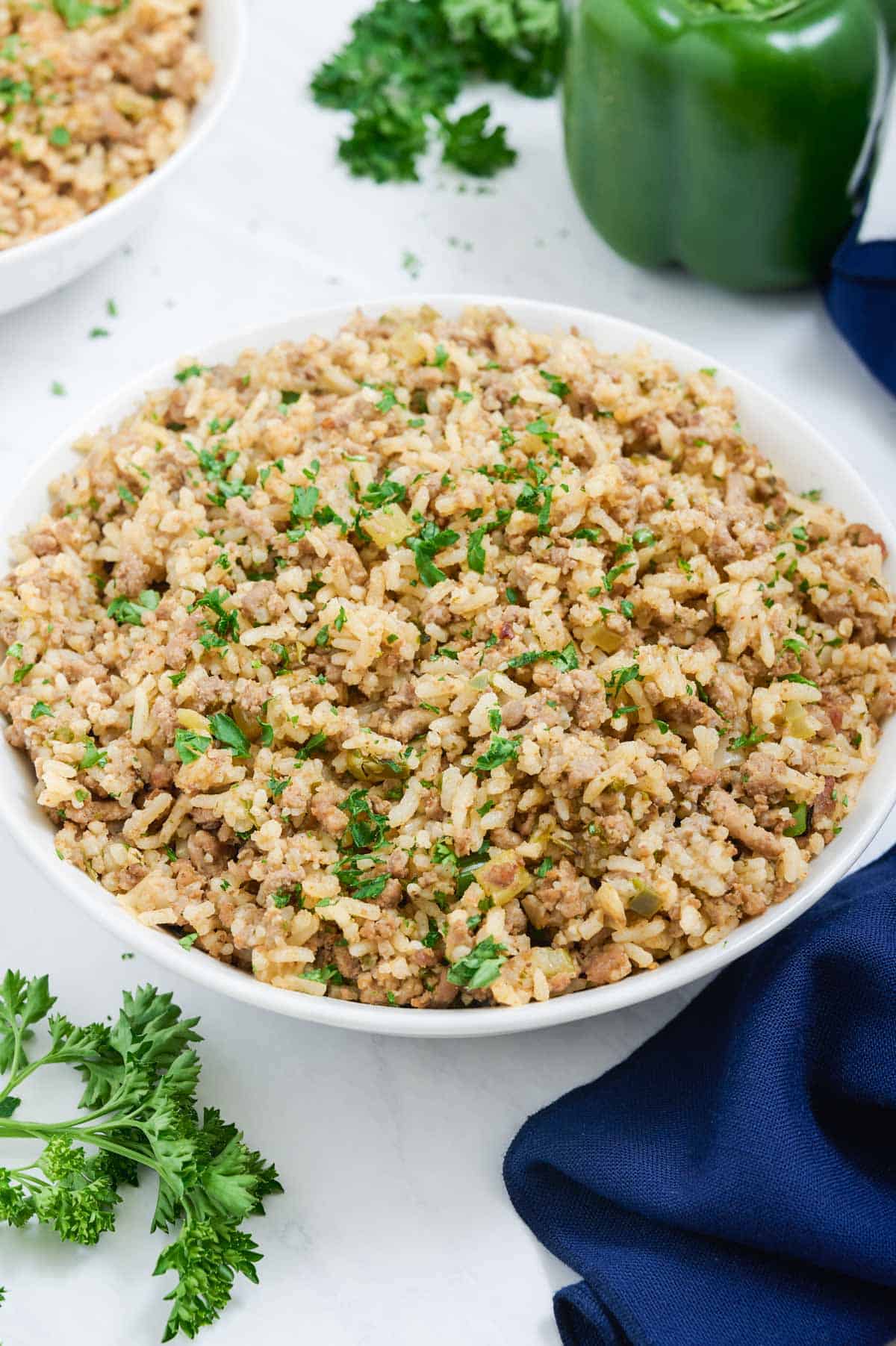
Is brown rice healthier than white rice?
Brown rice is packed full of nutrients, including b vitamins, selenium, magnesium, and folate. These vitamins and minerals support your immune system by protecting against infections and cell damage. They also improve muscle health and bone development. Folate especially helps pregnant women because it creates genetic material and supports cell division, but it’s good for everyone too!
Brown rice assists in lowering cholesterol, lowering blood pressure, and increasing good gut bacteria. Furthermore, the fiber in this rice can reduce constipation and helps you feel fuller longer, which can support weight loss.
Research has shown that brown rice does assist in preventing weight gain in some cases. When it comes to disease prevention, eating white rice instead of brown rice could reduce the risk of type 2 diabetes. On the other hand, eating brown rice over white rice may reduce Hemoglobin A1C (a test that measures your average blood sugar levels over the course of 3 months) for people who have a metabolic syndrome.
Lots of people grow up on white bread and a lot of white rice, so it’s natural to be wary of brown rice if you’re not used to it. Just remember that part of a healthy diet is finding foods that naturally have natural nutrients!
Is white rice still healthy to eat?
White rice can be a good source of carbohydrates when eaten in moderation. Carbohydrates give you energy and the ability to function properly throughout the day, especially as a post-workout meal. It still has some nutritional value, but never as much as brown rice.
For the people who have sensitive stomachs or experience irritable bowel syndrome, brown rice might not be your best option. White rice would be a safer option in this instance because brown rice promotes consistent, regular bowel movements.
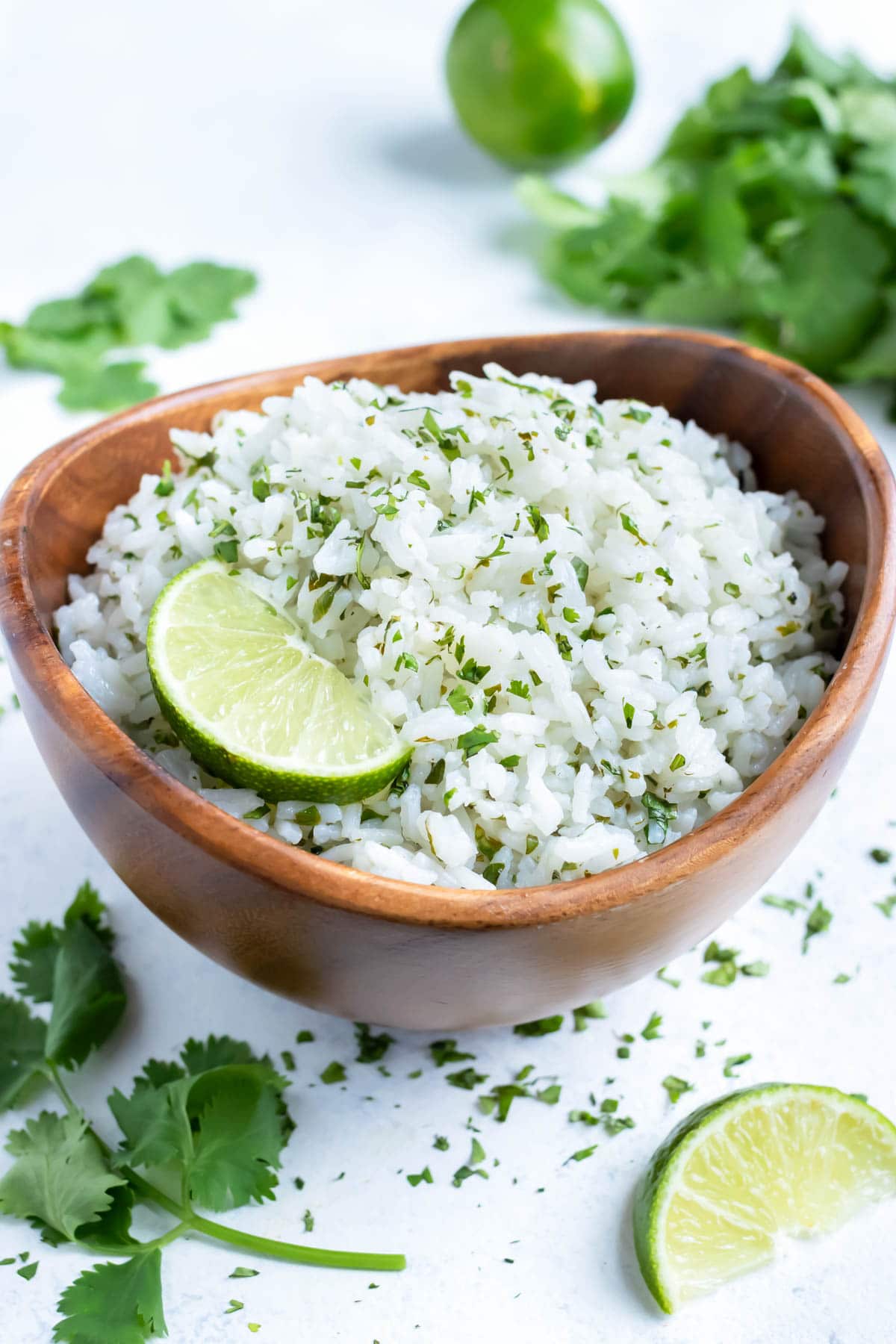
Nutritional Value in Brown & White Rice
Let’s compare the nutrition facts between the two rices. Remember, when the 2 outer layers are stripped from the brown rice to make white rice, nutrients are also removed. Some are added back into the white rice during processing. Let this table from Food Data Central help you decide which rice would be best for you!
| One Cup Brown Rice | One Cup White Rice | |
| Calories | 218 g | 242 g |
| Carbohydrates | 45.8 g | 53.2 g |
| Protein | 4.52 g | 4.43 g |
| Healthy Fats | 1.62 g | 0.391 g |
| Dietary Fiber | 3.51 g | 0.558 g |
| Vitamin B6 | 0.291 mg | 0.093 mg |
| Magnesium | 85.8 mg | 24.2 mg |
| Iron | 1.03 mg | 2.77 mg |
Are there disadvantages to rice?
One disadvantage to rice is that it may contain too much arsenic if consumed in excessive amounts. If you’re eating rice in large amounts daily, you have a higher health risk to arsenic exposure.
One way to reduce the arsenic in your rice is to wash it first and cook it in clean water. Another way to reduce the arsenic intake is to rotate other great grain sources in your meals like pasta, tortillas, or quinoa.
Just know that rice is like any other food—you have to eat it in moderation. Be aware of the nutrients it does have and pay attention to the serving sizes.
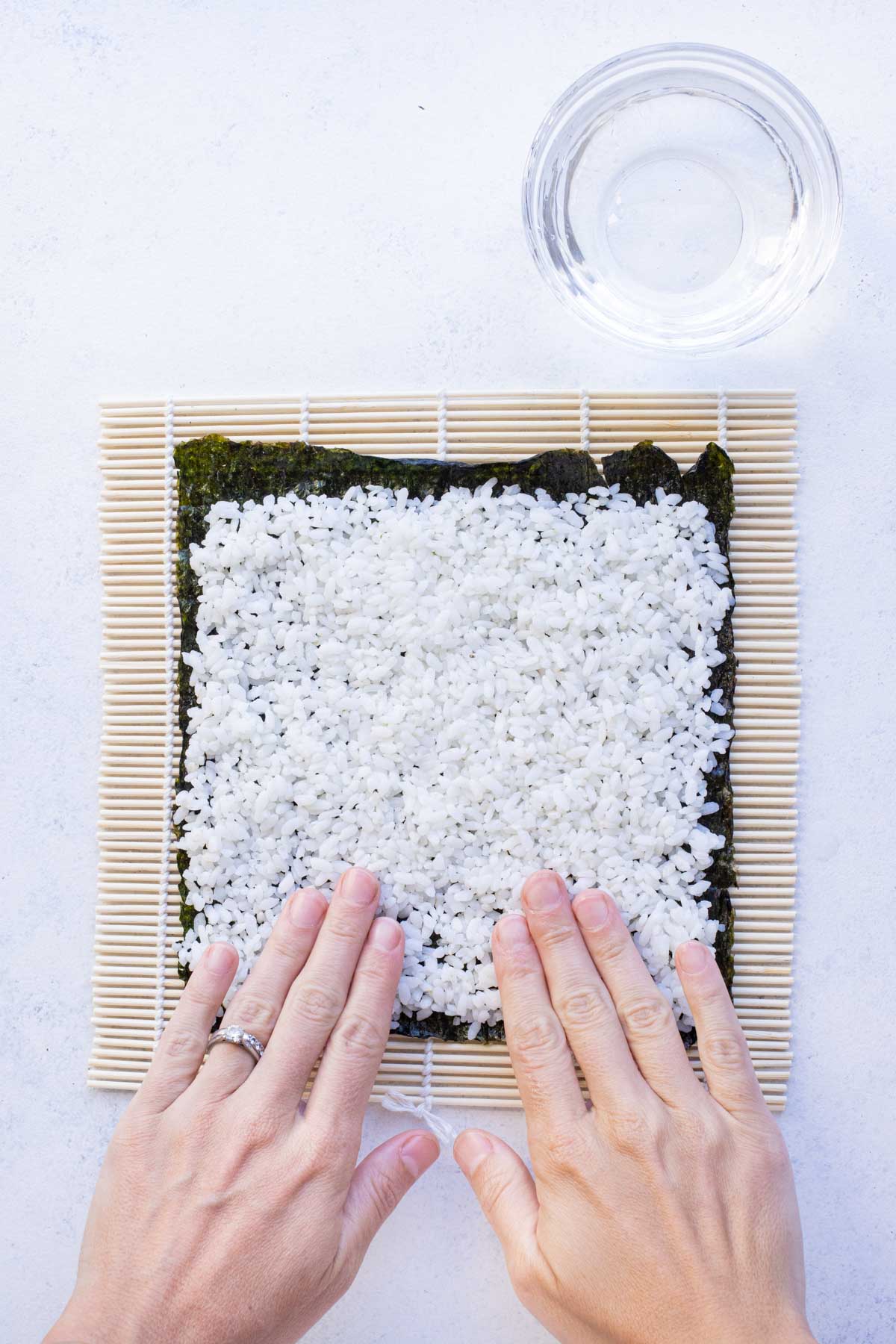
The Bottom Line
The healthiest path is to incorporate whole foods in your diet every day. Essential nutrients are found in brown rice, and many are also in white rice. They are both great foods that are the backbone ingredient to your flavorful meals.
It’s a good idea to switch up your whole grains (like pasta, quinoa, etc.) and pair them with vegetables and proteins a few times a week.
The good thing is that you get to choose what you eat and fuel your body with nutrient-packed foods to that will get you through your day—and life!
The Best Rice Recipes
If you’re making simple rice in a time crunch, use this Instant Pot White Rice Recipe. Incorporate wild rice into your meal by using this Instant Pot Chicken Wild Rice Soup.
Craving some late-night sushi? Make this Sushi Rice for all the rolls like the Philadelphia Roll, the Avocado Roll, and the California Roll.
Whip up this Cilantro Lime Rice for your next Mexican pot lock. Try out this Easy Chicken Fried Rice on your next busy weeknight. Top off your Easy Shrimp Fried Rice bowl with this Teriyaki Sauce.
